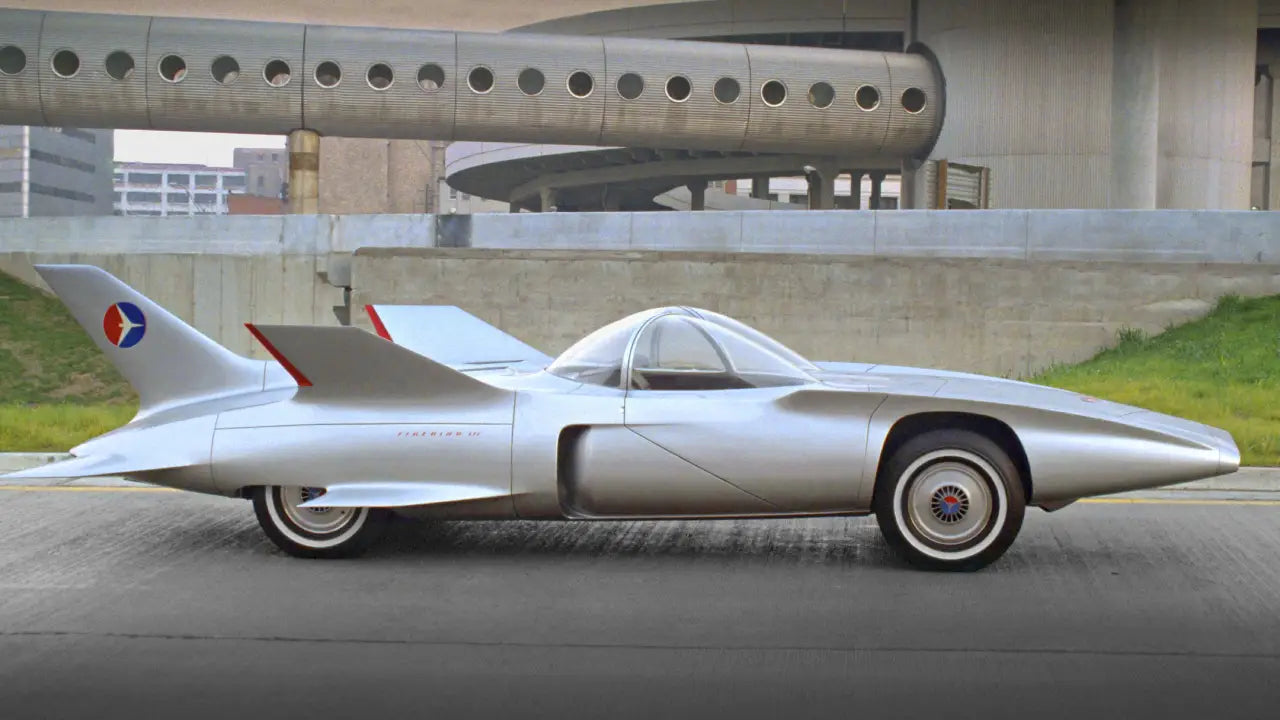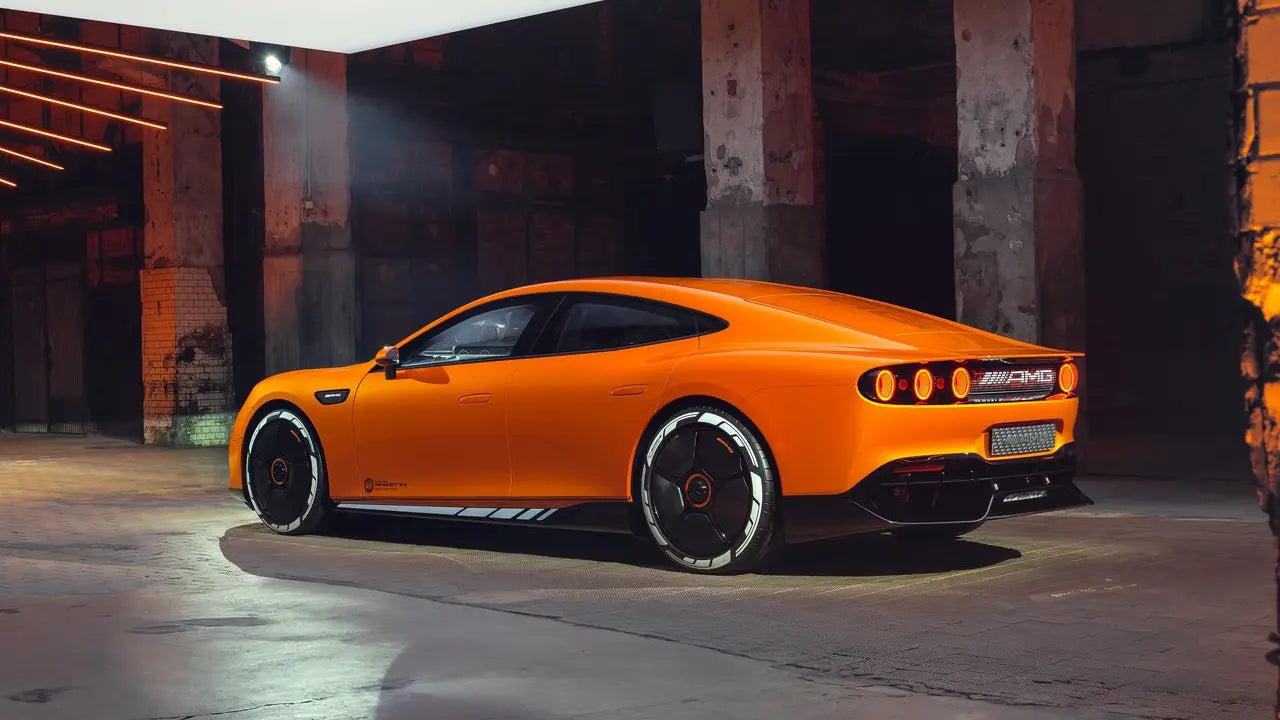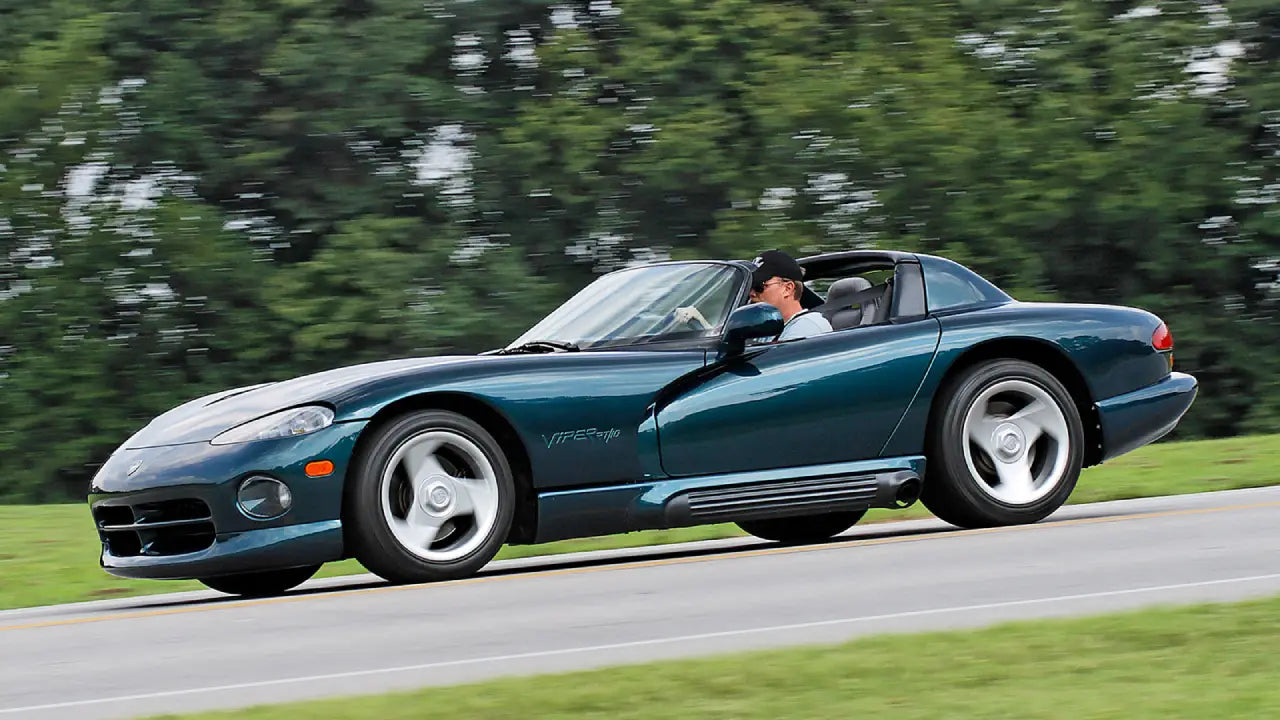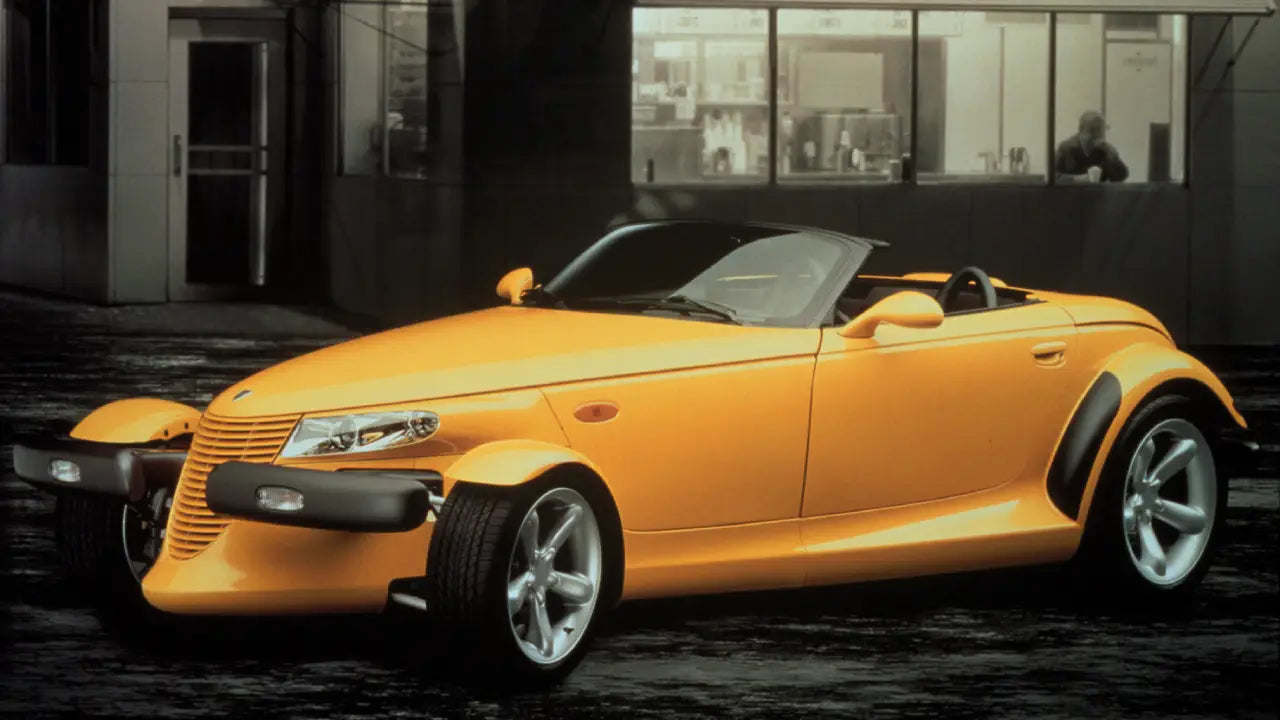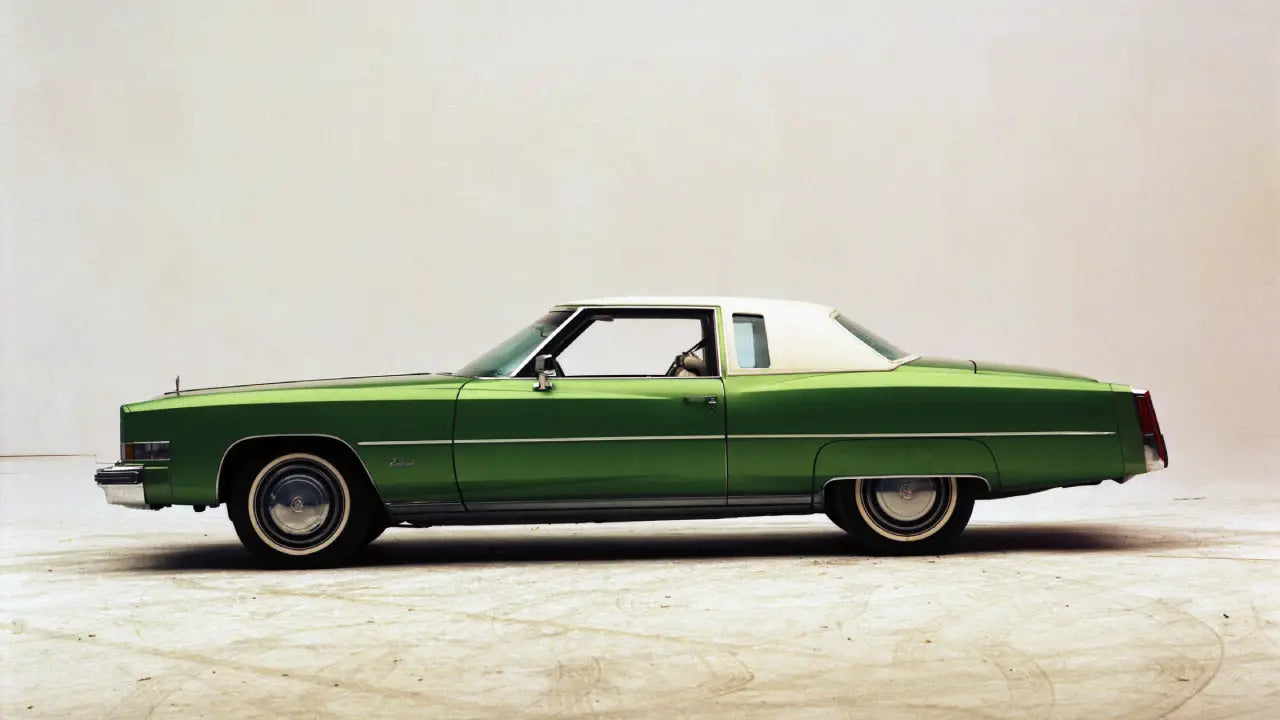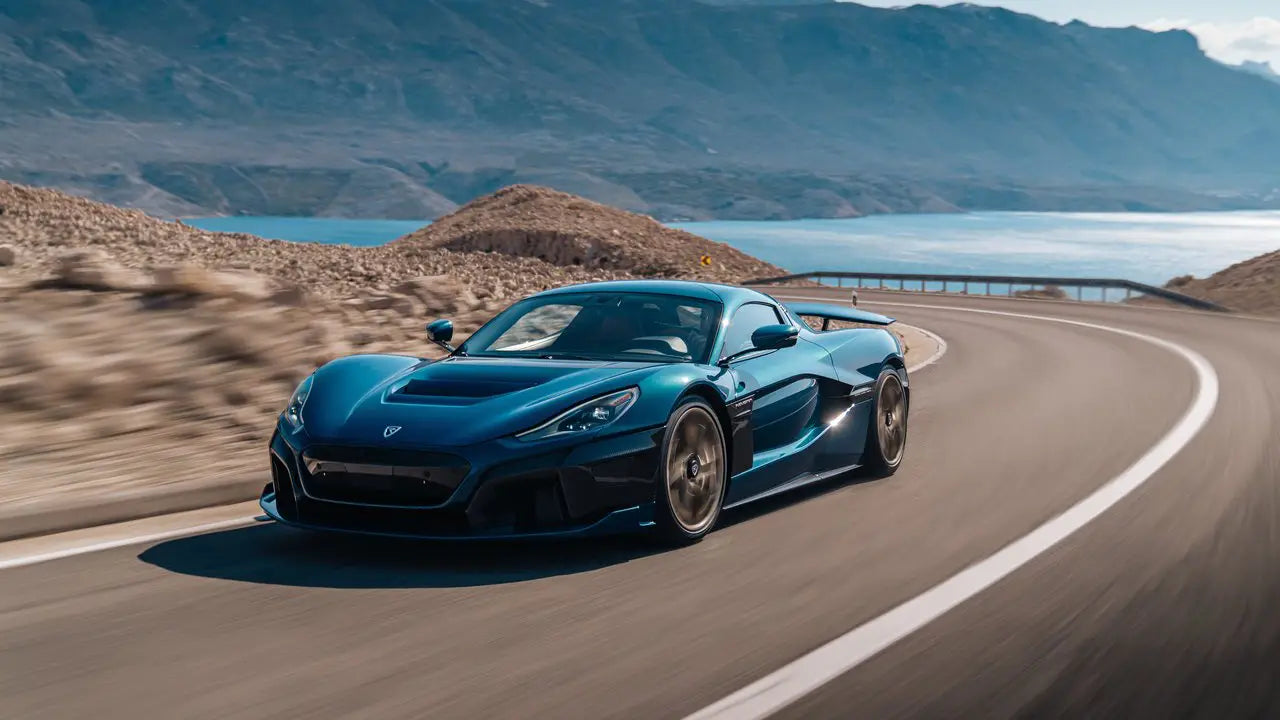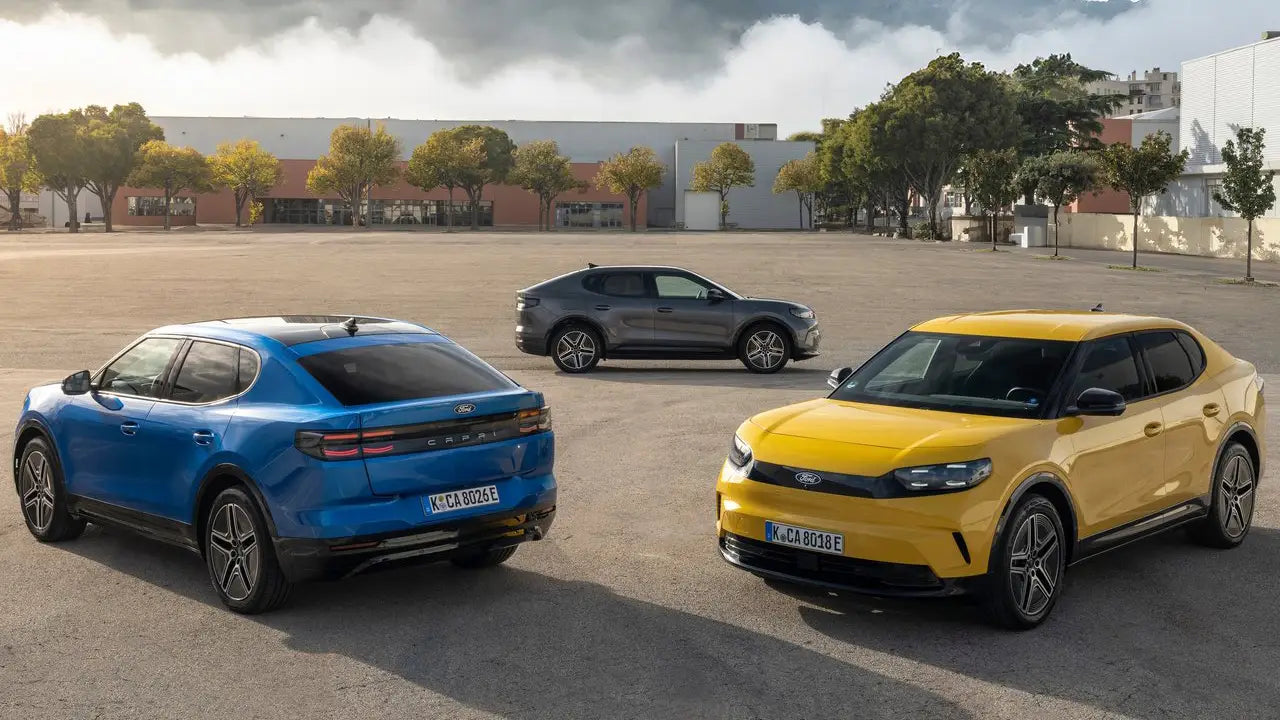在1950年代的蓬勃乐观中,通用汽车并未专注于混合动力传动系统或电动活塞——而是在追逐喷气时代的梦想。GM的涡轮动力Firebird系列——从1954年的XP‑21到1964年的XP‑790——是大胆的实验,看起来和听起来都像装上轮子的战斗机。
但这些概念车从未进入车道。Firebird系列留下了持久的遗产:包括再生系统、盘式刹车、定速巡航和早期驾驶辅助技术等新技术。在探索这些非凡车辆时,我们将揭示一个喷气时代梦想凌驾于务实之上的时代——并为汽车设计的未来播下了种子。
Firebird I (XP‑21):1953/1954
GM首次进军涡轮领域始于XP‑21 Firebird I,该车于1954年Motorama首次亮相。在Harley Earl的构想下,它配备了泡泡式驾驶舱、三角翼和受Douglas Skyray战斗机启发的流线型机身线条。这款单座车是美国首款搭载涡轮发动机的汽车。它由Whirlfire Turbo Power燃气涡轮驱动,约有370马力。车重约2500磅,轴距为100英寸。它配备了类似飞机的翼襟翼和外置鼓式刹车,以提升空气动力学性能。测试中,它在轮胎抓地力限制加速前达到了100英里/小时。

Firebird II (XP-43):1956年
Firebird II标志着向实用性的转变。它是一辆低矮、宽敞的四座家庭“移动实验室”,在Motorama展出。它拥有全钛合金车身(未涂漆,缎面饰面)、双前进气口、垂直尾鳍和泡罩式驾驶舱。引擎盖下是Whirlfire GT-304涡轮机,转速高达35,000转,产生200马力。再生系统将排气冷却近1,000°F并为附件供电。作为首款配备四轮盘式制动、带负载平衡的独立悬挂、磁性点火钥匙、电动换挡和双区气候控制的GM车辆,它甚至包括一个原型“引导系统”,设想了电动引导高速公路。

Firebird III (XP‑73):1959年
到1959年,XP-73 Firebird III在一辆壮观的双座车上将涡轮实验推向更远。玻璃纤维车身配备了七个小翼和尾鳍,经过设计和风洞测试以实现激进的空气动力学。该车搭载225马力的Whirlfire GT-305涡轮机,辅以10马力的双缸汽油发动机,用于驱动转向、制动、气/油悬挂和气候控制。它还引入了定速巡航、飞机式阻力制动、“免提”操纵杆转向、超声波无钥匙进入和旨在避免碰撞的自动“Autoguide”系统。

Firebird IV / Buick Century Cruiser (XP‑790):1964年
Firebird IV于1964年纽约世界博览会GM的“Futurama”展览中首次亮相。虽然采用涡轮风格和未来感设计,但它是非功能性的——仅为概念验证。它设想了一个自动化、引导式高速公路的未来,能够支持比典型高速公路速度快两倍的行驶。后来在1969年车展上更名为Buick Century Cruiser,据说该概念在1980年代被废弃。

喷气汽车梦想为何终结
GM的涡轮之旅持续了三十年,涵盖了公交车(Turbocruisers)、卡车(Bison、Turbo Titan),甚至1980年代初的煤炭动力涡轮原型。关键缺点决定了涡轮动力公路车辆的命运:
-
排放差且高温: 涡轮排气温度可超过1,000°F,且污染更严重。
-
低速时燃油经济性差: 涡轮机仅在高转速下高效
-
昂贵的稀有材料: 制造涉及先进合金和再生系统的涡轮机成本高昂。
遗产:酷炫、未来感十足,但不实用
尽管涡轮动力汽车从未制造出来,GM的Firebirds却是喷气时代最大胆的尝试之一,结合了太空时代的设计和尖端技术。如今,这些汽车成为博物馆藏品,因其雄心勃勃的设计和作为后期汽车技术早期范例的地位而吸引着参观者,如定速巡航、独立悬挂、再生系统、盘式制动,甚至自动驾驶汽车的概念。


